
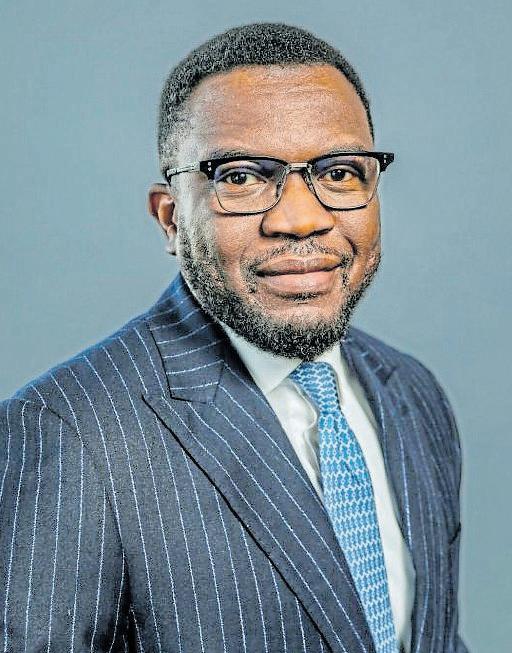
Inwang
it will eliminate tariffs on 90% of goods and reduce barriers to trade in services, potentially increasing Africa s income by $450bn by 2035. AfCFTA is predicted to grow intra-African trade by 3.9% per annum.










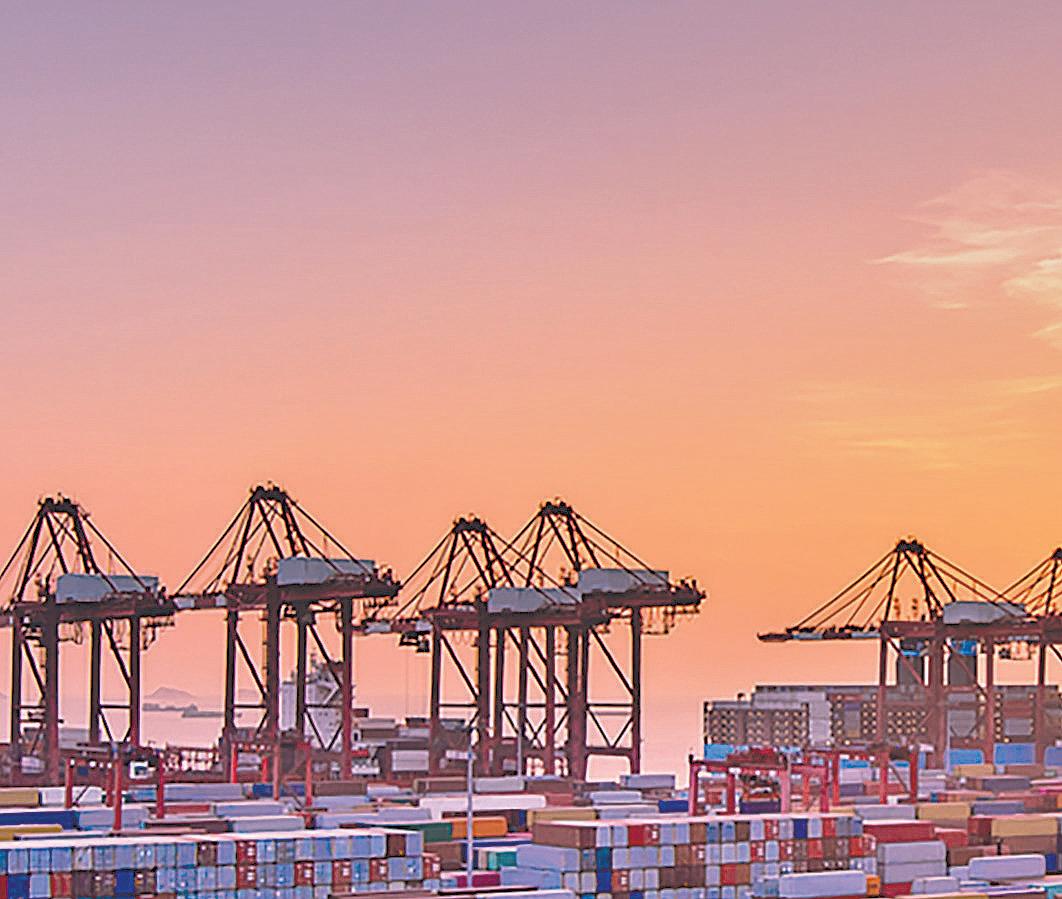


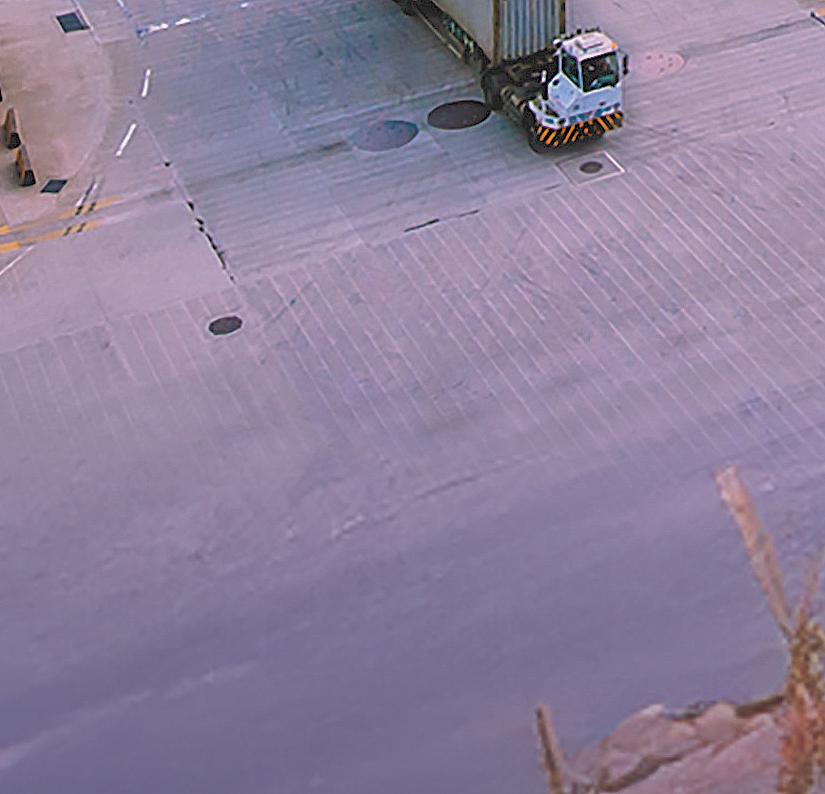
and even government bodies. Where possible, commercial banks and private investors have supplemented access to export financing through traditional trade finance facilities. At times, the latter category of trade financiers will face a risk appetite calibration informed by regulatory prescription and may struggle to serve the magnitude of the export funding requirement in a market, says Akpan.
When commercial banks partner with developmental financing bodies, additional liquidity is injected into a value chain and the cost of capital provided to exporters can be optimised, and the value of purchases made in international markets is enhanced through more competitive landing costs, he says. Export finance promotes exports by making financing mechanisms and instruments available that mitigate risk and accelerate liquidity into an exporter s working capital cycle.
Once trade barriers have been removed, capital will be required to support increased intra-African trade, says Akpan. Africa needs significant investment into infrastructure including roads, railways and bridges to physically provide easier accessibility. The continent also needs to invest in technology and digitalisation. Not only will digitalisation benefit smaller businesses, but digital supply chain finance solutions will make it easier and more affordable for small and emerging businesses to access trade finance solutions.
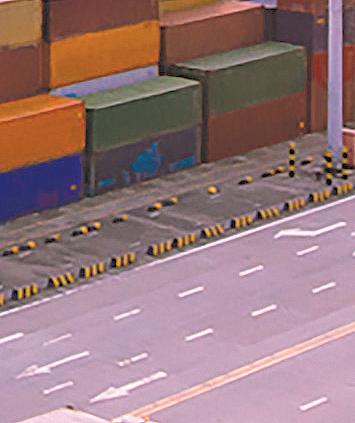

Despite accounting for 17% of the world s population, Africa accounts for only 3% of global trade and 2% of manufacturing output. It has the lowest proportion of intraregional trade than any other part of the world and is overly dependent on the export of raw materials, almost ensuring that the majority of its citizens live in poverty. Various studies and economic models have revealed that if Africa were to increase its share of world trade by just 1%, that increase would generate about $70bn of additional income











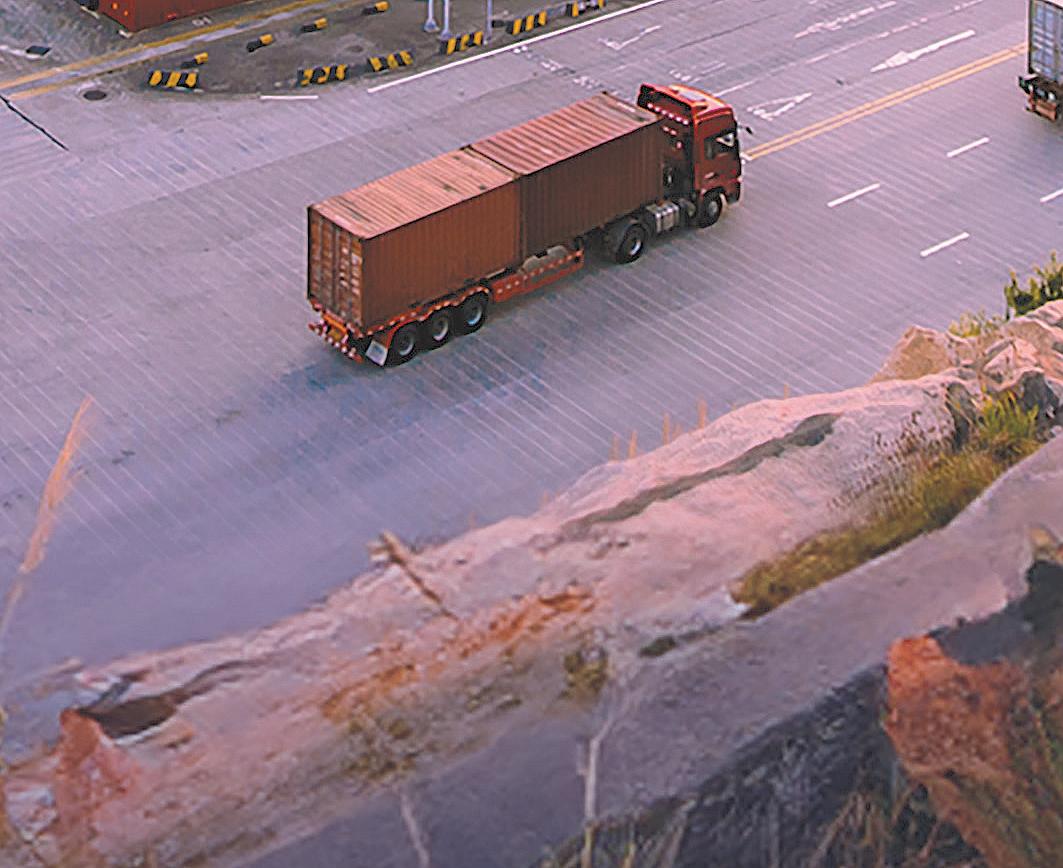











The establishment of the African Continental Free Trade Area (AfCFTA) plans to accelerate intra-African trade and boost Africa s trading position in the global market by creating the world s largest free trade area. The creation of a tariff-free continent is intended to grow what has traditionally been low levels of intra-African trade and, in the process, grow local businesses, drive GDP growth and reduce poverty levels. Once fully implemented
More developmental financial institutions working on the continent have developed and introduced supplementary trade and export finance programmes, on both a funded and unfunded basis. The programmes allow for a collaboration with commercial banks to support a wider range of clients, aggregators and even government agencies to realise their growth potential, mitigate their risk and enhance their operating efficiency. These facilities, says Akpan, are used to provide financing to SMEs and local corporates and promote both intra-African and international trade. They also aim to encourage and expand trade finance activities of international finance institutions, or banks, who work primarily with smaller domestic banks in Africa to cater to the needs of SMEs and local corporates. Other target segments include soft commodity aggregators that support networks of small farmers and commodity traders.” Akpan says commercial banks such as Standard Bank continue to grapple with liquidity constraints that many African markets continue to face. Partnerships and collaboration between commercial banks and developmental financial institutions offers a strong prospect of bridging the trade finance gap and supporting SMEs and local corporates alike
INSIGHTS 6 BusinessDay www.businessday.co.zaThursday22February2024 YOUR SUCCESS IN TRADING WITH OUR AFRICAN NETWORK. Access African trade markets by connecting your business to the experts. As the trusted bank for trade solutions, by both businesses and other banks, thanks to our extensive presence and knowledge of the continent, let us link you to various economies and markets, with expert advice and digital solutions so your business can achieve its full potential. Connect with the right client relationship and specialist teams to move you forward. standardbank.com/cib Terms and conditions apply. Standard Bank is an authorised financial services and registered credit provider (NCRCP15). The Standard Bank of South Africa Limited (Reg. No. 1962/000738/06). GMS-24097 01/24 Corporate and Investment Banking TRADE FINANCE Sponsored content Work needed for Africa to grow exports • Collaboration offers a strong prospect of bridging trade finance gap, writes Lynette Dicey It is estimated that one in every six African exporters fails to meet their export sales targets due to a lack of funding for the input, production and export stages of their operating life cycle. The result culminates in a loss of about $50,000 per trade or per transaction, per small and medium-sized enterprise (SME) per year, according to the African Development Bank. This inadequate financial support ultimately culminates in a trade finance gap of more than $8bn that the continent currently faces, the bulk of which affects SMEs the most. Inwang Akpan, head of Trade, Transaction Banking at Standard Bank, explains that African countries, typically rich in natural resources, are heavily reliant on exports to generate alternate foreign direct investment and capital flows. As a continent classified as a net importer, however, the challenge is that the demand for foreign capital is much larger than industry exports, at least for most countries. There is a growing acknowledgement that exporters need to be supported via grant schemes or tax incentives in special economic zones if countries want to grow their exports. In Africa, export finance is typically provided through export credit agencies, development finance institutions, multilateral development banks
documentation Trade finance has traditionally been paper-based requiring document submissions in hard copy. The International Chamber of Commerce has previously estimated that 4-billion documents move through the global trade system per day. This makes it vulnerable to fraud, particularly as most trade agreements are complex, involving multiple parties, jurisdictions and banks. The challenge for trade finance providers is to ensure security, know who is involved, what is being financed, where the required documents and goods are and what value is involved. Technology is playing in role in helping to prevent fraud. It s also allowing for certain tasks to be automated while the growing use of application programming interfaces (APIs) is facilitating the exchange of data within the trade ecosystem. In September 2023, the UK s Electronic Trade Documents Act took effect, giving digital versions of important trade documents such as bills of lading, bills of exchange and promissory notes the same legal standing as their physical counterparts. Given that English law governs 80% of trade documents globally, the act has far-reaching consequences. However, for businesses to benefit from digital trade will require that they are registered with the Legal Entity Identifier system, a global system established in 2014 to help banks simplify the process of verifying the identities of businesses involved in a trade transaction. Digitalising bills of exchange and promissory notes is an opportunity for banks to connect these instruments to supply chain finance. BOTTLENECKS Technology, and AI in particular, is also being used by banks such as Investec to better understand the supply chain and identify where the bottlenecks reside. Dr Greg Cline, head of corporate accounts at Investec Business Banking, says the bank is making significant investments into technology to enhance its ability to access third-party data to enable it to advise on, for example, more efficient freight rates. In an increasingly competitive environment characterised by increased costs, in-depth knowledge will be key to establishing better freight rates for clients, says Cline.
Akpan investment. Digital makeover for
intheBudget
Review Eskom, arms maker Denel, SAA and thePost Office were alsonot allocatedanynew bailouts for the year. The Treasury saidno new moneywould bemadeavailable for theentities asthey had become a drain on the fiscus.
State-owned companies havefailed toimplementtheir turnaround plans. This has resultedin deterioratingprofitability, anincreased need for guarantees to borrow and morerequests forbailouts, said the Treasury.
State-owned companies are struggling to access capital marketswithout governmentguarantees and, increasingly, request bailoutsto servicedebt andfund turnaroundplans which is unsustainable
Thesebailouts erodepolicy space,as theyrequire theredirection of resources from key public service priorities, such as education,public safetyand criminaljustice, toentitiesthat are meantto befinancially self sufficient.
Denel wasallocated R3.4bn in2022to funditsturnaround plan, andto datedrew down R2.2bn from the package.
TheTreasury saysthebalance ofR1.2bn hasbeen ringfencedand willbeaccessible once Denel makesprogress on theimplementation ofthe turnaround plan.
Eskom received adebt relief package of R254bnin 2022, of which R44bn hasalready been transferred.
Eskom continues to be a key role player in the electricity sector. Andthe debtrelief plan allows the entity to focus on its core business, said Godongwana.
We will release the report on theindependent reviewof Eskom scoal-fired powerstations in the coming week.
Thereview wasdoneto inform partof theconditions attached to the debt relief plan. maekot@businesslive.coza
Provinces are given spending lifeline as Treasury reverses cuts proposed in 2023
DIVISION OF NATIONALLY RAISED REVENUE
•

expected values in January.
In total, three global trade routes are now disrupted with the Red Sea disruptions adding to disruptions to the flows of grain and oil from Russia and Ukraine and low water levels in the Panama Canal which saw shipping reductions of more than a third. Not surprisingly, longer sailing rates have raised freight prices.
The International Monetary Fund (IMF) says commercial seaborne traffic around the Cape is up by 70%.
Dr Greg Cline, head of corporate accounts at Investec Business Banking, estimates that roughly $200bn of trade has been diverted from the Red Sea alone. The cost of these diversions, coupled with increased fuel costs and higher insurance premiums, will potentially have a knock-on effect on consumers in the months to come.
The diversions via southern Africa, says Cline, offer an opportunity to southern African ports. The big question is whether South African ports can improve their efficiencies in time to benefit from these opportunities. In November 2023, backlogs outside the Port of Durban
tionrate. Thismeansthat inreal terms, thereis nogrowth even as provinces continue to provide critical socialservices suchas education, health and policing.
Thesituation isstillmuch improved considering provinces were facingstringent budget cuts whenthe medium-term budget policy statement (MTBPS)was announcedin October. Overallfunding for provinces of R729.5mis above what had beenestimated in the MTBPS (R706.4m).
Even better, the public sector wage increases,which provinceshad tofund outof theirbudget, willnow befunded withan additionalR105.5bn fromtheTreasury overthenext three years. This meansR57.6bn has effectively beenadded backto the provincial budgets,with a focus ondepartments thathave high numbers of employees. This isbecause moneywas going to be diverted from spending ongoods andservices such astextbooks ormedicines,to salaries afterpublic sector salaries increased by7.5% in 2023/24,with aconsumerprice index (CPI) linked increase for 2024/25and aslittle wasallo-
cated for this. Treasury director-general DuncanPieterse saidtheTreasury was “still onthesame broad pathto achievingfiscal consolidationas wewerein November, but critical resources are being made to fully implement the wage bill Additionally, R3.9bn that had previously been allocated to help with the increaseshas been shifted towards grants in the education and health sector. However, the increases are still below inflation. The equitableshare grantto provinces,of R600.5m has increasedat way below the4.9% estimatedconsumer price inflationthat the
Treasury predictsfor the2024 financialyear, andwaybelow increases in waterand power thatmany schoolsandhospitals need to pay for. To ensure service delivery is not negatively affected by this, theTreasury saysin itsBudget Review thatprovinces and municipalities need to embark on strategicplanning, structural reforms androbust financial management Theequitable shareportion
allocated toeach provinceis based on aformula, which the Treasury says takes into account both theneed forpoverty alleviation and population numbers. Butevenas theWesternCape has hadgrowth insemigration from Gauteng and the Eastern Cape, its equitableshare budget increased just 2.4%. The Gautengbudget increased 2.8% and the Northern Cape s budget 3.6%, butit is a substantially lower amount.
Provincial budgets also cover the provision of education to 13.4-million learners and how this iscalculated iscurrently under review, the Treasury said. Both the WesternCape and
Gauteng keephaving toexpand facilities as familiesfrom rural provinces flock to urban schools ina bidto improveeducational prospects.
The provinces have questioned whether theyare allocatedsufficient fundsbasedon actual pupil numbers.
Provincial andNational Treasurytask teamshavebeen reviewing howfunding foreducationisallocated, andachange to thisbudget taking into account enrolment figures is expectedin 2025,accordingto the Budget Review.
The government also increased fundingfor conditional grantsby 6.3%to R129,which account forjust over16% ofthe provincial budget.These are grants linked to specific programmes such as school nutrition programmes,road maintenance andearly childhood development.
The Treasury also back-pedalled onplanned budgetcuts to localgovernment andincreased the municipal equitable share by 4.8% toR101.2bn. Butit had harsh wordsfor municipalities, saying spending was often “inefficient”. The Treasurysaid local governments hadmade little progress withthe R61.7bnallocated in 2023to improve the quality and reliability of electricity, water and sewage after years of underinvestmentin infrastructure.
The Treasury alsosaid that the salary increasesof 5.4% at municipalities required the diversionof fundsfromlocal government prioritiesto pay salaries. Itsaid thatthis was hard to justify, especially when productivity has been low childk@businesslivecoza

























































according to the UN Conference on Trade and Development (Unctad). The organisation reported that 39% fewer ships were transiting the Suez Canal. Reuters reported that freight container volumes through the Red Sea region had fallen by about 78% from













7 BusinessDay www.businessday.co.zaThursday22February2024 NATIONAL
hinder supply
INSIGHTS: TRADE FINANCE Red Sea diversions
chains
Can SA’s embattled ports improve their effficiencies to take advantage of additional seaborne traffic? I
are becoming well-versed in managing supply chain shocks and disruptions. In 2010, an ash cloud caused by the eruption of the Eyjafjallajökull volcano disrupted air travel across Western Europe. In 2021, global supply chains were again disrupted when one of the world s largest container ships, the Ever Given, got stuck in the Suez Canal, holding up nearly $60bn of trade. The wedged vessel held up more than 400 ships waiting to pass through the canal and disrupted global trade for nearly a week. About 12% of global trade, about 1-million barrels of oil and an estimated 8% of liquified natural gas pass through the canal on a daily basis. Lloyd s List, a UK-based source of news analysis and insight into the shipping industry, reported that the stranding of the Ever Given held up $9.6bn of trade along the canal each day. Freight costs in this period jumped 47%. Less than a year later, the Covid-19 pandemic caused yet another significant disruption to global supply chains with stock becoming king. The latest risk to global supply chains is the threat of Houthi attacks on container ships in the Red Sea. The Iranaligned Houthi movement in Yemen began attacking vessels in November 2023 in support of Palestinians in Gaza. As a result, many shipping companies have stopped using the Red Sea which typically sees about 15% of global seaborne trade pass through it and are instead using the longer and more expensive route around southern Africa. In January 2024, Danish shipping and logistics company Maersk, which originally continued to sail through the Red Sea, albeit under naval escort, suspended its Red Sea operations for its US-flagged vessels after two ships came under attack. The company said a third of its container volumes were impacted by Red Sea disruptions. Shipping freight through the Suez Canal had dropped by 45% by January 2024,
mporters
reached a crisis point when about 79 vessels carrying more than 61,000 containers waited for up to two weeks to dock as a result of operational challenges, equipment failures and bad weather. The Port of Cape Town reported similar logistical constraints at its Container Terminal. SAs ports are consistently ranked as among the most inefficient ports globally by the World Bank s Container Port Performance Index. These inefficiencies come at a significant cost to the economy. Fruit exports in November and December 2023 were 35% down from the same period in 2022. Neighbouring countries are stepping in to the breach left by SA’s inefficient ports with both Walvis Bay and Maputo reporting increased volumes of ships. The Maputo Port Development Company reported that volumes were up 16% in 2023, compared to 2022. It is planning a $2bn expansion project to boost port capacity in response to growing volumes of exports from SA. The Namibian Ports Authority is planning a $2.1bn port investment programme which includes expanding the port at Walvis Bay and establishing a port at Luderitz to service SAs Northern Cape mining industry. SA urgently needs to make the necessary investments into its ports to ensure they improve their efficiencies to handle increased ship and container volumes, says Cline. South African importers have tended to hold higher inventory levels ever since the Covid-19 pandemic disrupted supply chains. More recently, constraints and delays at SAs ports have held up the delivery of imported stock. These delays, says Cline, are having an impact on importers with a greater proportion of their cash flow tied up in stock for longer. This tends to impact their cash flow requiring trade finance. Banks, including Investec, have started offering longer payment terms to help importers navigate this challenge, he says. Greg Cline knock-on effect.
government
• Treasury stands firm, gives parastatals wide berth Thando Maeko Political Reporter Transnet s creditors are putting pressureonthe Treasurytogive the state-ownedlogistics group abailout, butthatis unlikelyto happenuntilit services its existing debt, financeminister Enoch Godongwana says. People... wantto bepaid becausethey knowtheir debtis unsecured. We are engaging with Transnet to be able to do the right things to service their debt, Godongwana saidin theprebudget briefing on Wednesday. Transnet,like otheroverly indebted state-ownedentities, was allocated no bailouts for 2024/2025 asthe Treasury continues its tough love approach and moves to reduce government debt and stabilise borrowing The entity will have to rely on theR47bn guaranteethatthe government allocated to it in 2023 to meetits debt obligations and to support its recovery plan. As with Eskom,the guarantees areattached tovarious conditions whichrequire Transnetto focuson itscore activities,and alsorequirethe entity to introduce private sector partnerships. This will improve Transnet s sustainabilityand supportthe implementationof the[freight logistics group s] road map, Godongwana said during his speech. Transnethas beengranted approval to use only R14bn of the guarantee between December 2023 andMarch 2024to payoff maturing debt. Government and Transnet haveagreed onconditions requiredto improvesustainabilityatTransnet andinthesector, encapsulated in Transnet s recovery plan. Transnet is required to divest noncore assets,reduce its current coststructure and explore alternativefunding models forinfrastructure and maintenance, includingproject finance, third-party access, concessions andjoint ventures, theTreasurysaid
Transnet creditors press
for another bailout
SALARY INCREASES
Child Planned cutsto theprovincial budgets outlinedin November have beenreversed. Instead, billions are now being allocated to payfor salaryincreases of essentialpersonnel suchas policemen, teachers,nurses and prosecutors. Despite the reversal, the 2.6% increasein theequitableshare budget, which constitutes the lion’s share of provincial revenue,stillfalls
Katharine
belowtheinfla-
Graphic: RUBY-GAY MARTIN Source: NATIONAL TREASURY
Rbn Main budget National departments Provinces Local government 0 500 1000 1500 2000 2500 2023/24 2022/23 2021/22 2020/21 2024/252025/262026/27 OUTCOME REVISED ESTIMATE MEDIUM-TERM ESTIMATES















































































































